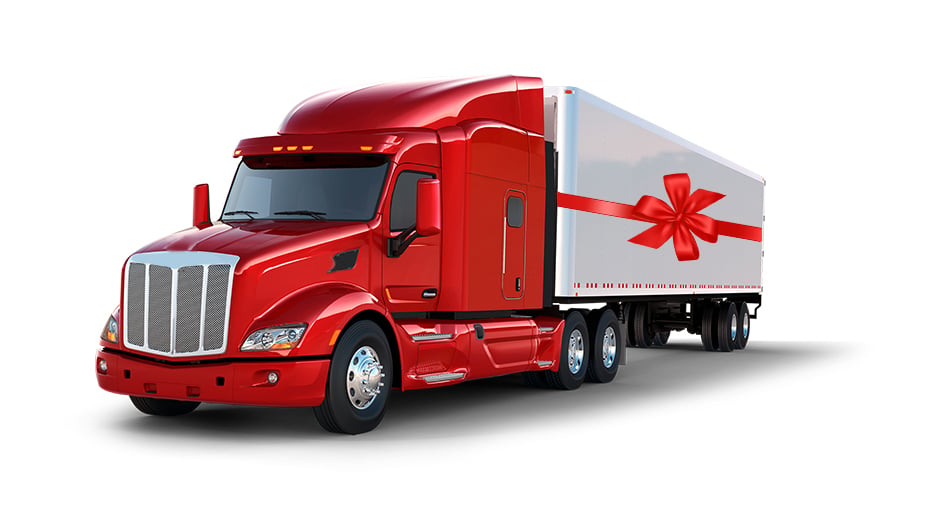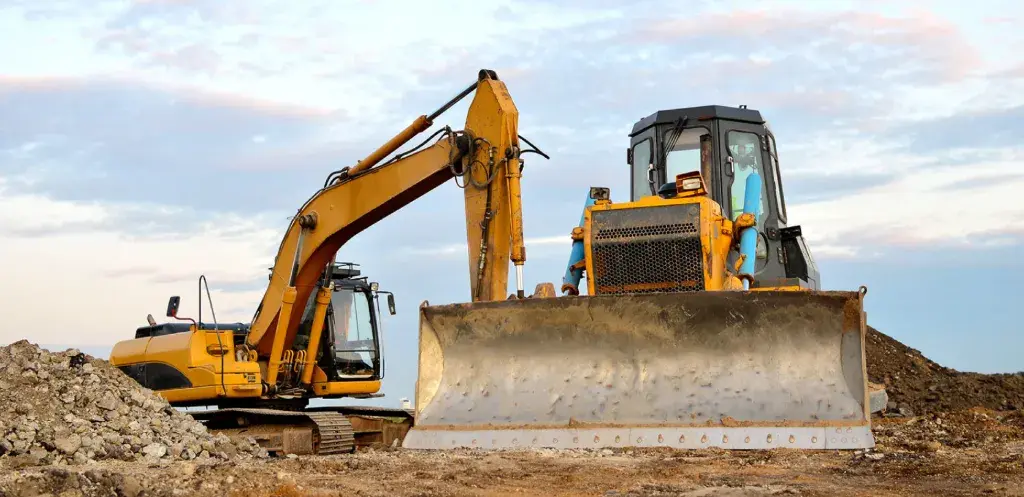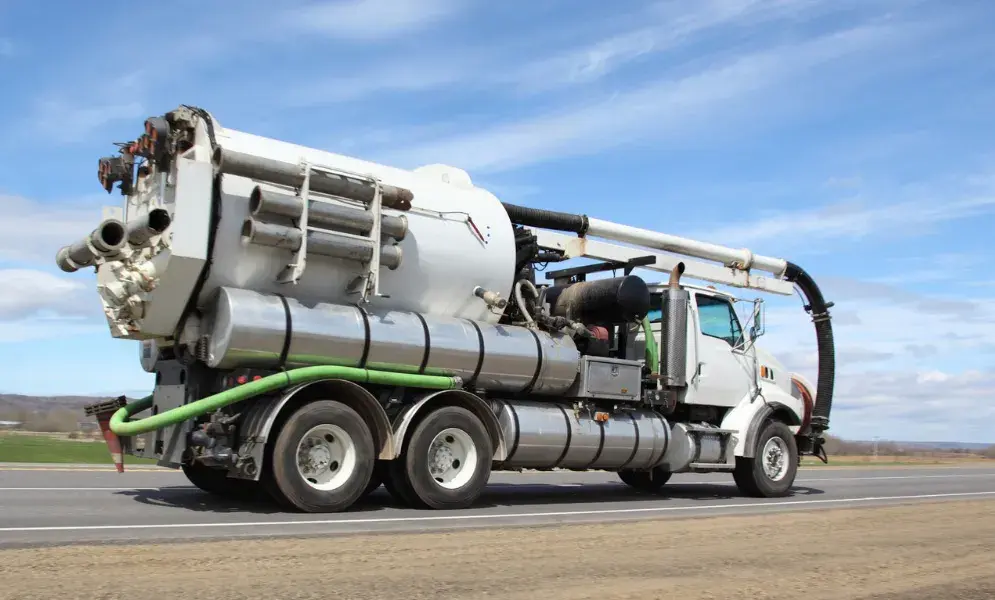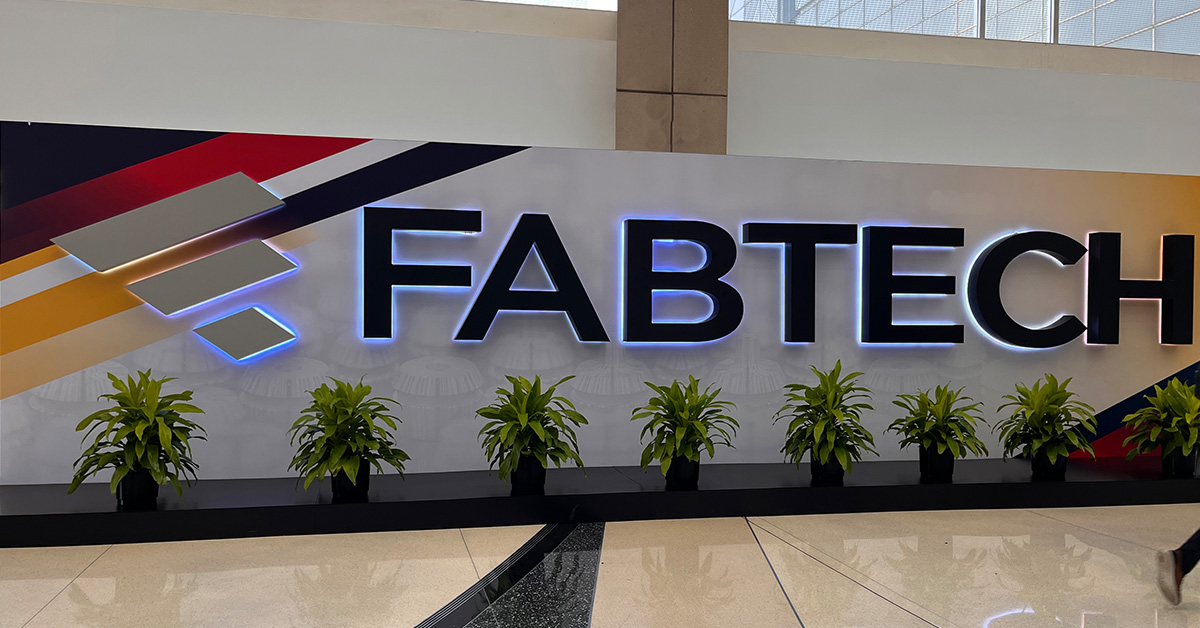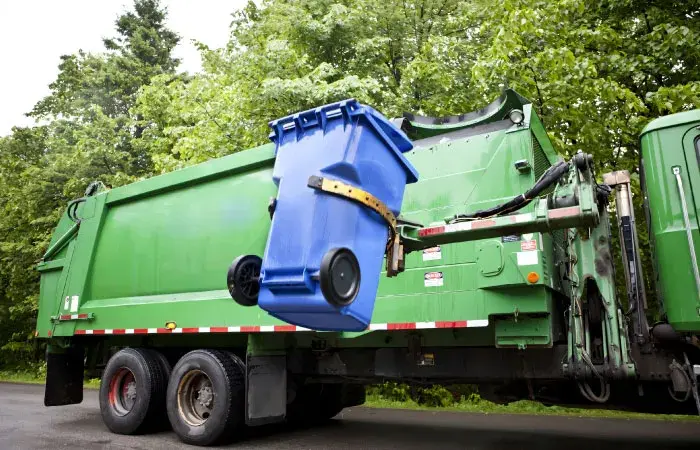A Different Way to Think About Equipment Financing

When most people think about equipment financing, they think in terms of a specific purchase of either new or used equipment. But there are many other reasons to finance, or refinance, equipment. In this post we’ll cover ways to use equipment financing to improve cash flow and obtain working capital for business operations and growth and explain how that is possible.
Traditional Financing Methods
There are three main ways companies finance equipment purchases, 1) standard loan; 2) equipment lease; 3) line of credit. Each has a purpose and depending on the goals of the business, one might be a better option than the others.
Standard Loan – A loan is the most typical means to finance a new or used piece of equipment or other large purchase. You go to a lender, provide them with information about the equipment, complete a credit application and provide financial information and if you qualify, they give you the loan terms. If you accept the terms, you make your monthly payments until the loan is paid off.
Equipment Lease – There are actually two types of equipment leases, 1) capital lease; 2) operating lease. A capital lease is a lot like a loan but it typically has a one dollar ($1) or a specified purchase option amount at the end. It looks like a lease, but it doesn’t provide the benefits of a lease and is actually treated as a loan on your accounting books. With an operating lease you defer a portion of the equipment cost to the end of the lease. For example, if you have a 60-month lease with a fair market value residual at the end, your payments should be less than if the equipment cost was fully amortized over the term utilizing a standard loan or capital lease. It gives you some flexibility, but you do not build equity in the piece of equipment. At the end of the lease you can do one of the following:
- You can purchase the equipment
- You can turn it back in
- You can refinance it
- You can release it
Line of Credit – A line of credit is typically secured with a lien on all of your assets including short-term assets such as accounts receivable and inventory. When you use a line of credit to purchase equipment you are essentially using short-term capital to secure a long-term asset. Lines of credit are heavily dependent on the credit worthiness of the company and a lender’s willingness to provide such a facility.
Less Traditional Financing Methods
There are other alternatives to the traditional financing methods outlined above. You just need to know where to look. When needing to increase cash flow or looking for working capital, many companies forget about the equity in their equipment. You can use the equity in your equipment to get you the cash that you need. There are three ways to use the equity in your equipment: 1) refinance; 2) debt consolidation; 3) working capital loan.
Refinance – When you refinance equipment, you essentially obtain a new loan for equipment that has an existing loan paid down to a point where the loan balance is less than the existing value of the equipment. Typically refinancing is done to extend terms so that the new monthly payments are less than the original payments, resulting in improved monthly cash flow.
Debt Consolidation – Debt consolidation involves refinancing multiple loans and combining them into one loan. This one new payment can be less than the payments on the multiple loans and combining multiple payments into one with a single creditor helps to streamline bookkeeping.
Working Capital Loan – A working capital loan provides cash out to fund business operations or new purchases and can be secured by existing equipment. Oftentimes a refinance can be combined with a new equipment purchase whereby the equity in the existing asset is used to reduce or eliminate the need for a down payment on the new equipment. Proceeds can also be used for operating expenses as well. Ways the working capital, or cash out, can be used include:
- Down payment on new equipment
- Pay tax liabilities
- Equipment transport
- Engineering or equipment add-ons and accessories
- Raw material
- Real estate purchases
- General operating and business expenses
How Are Cash Out Loans Possible?
Cash out loans are possible when there is equity in the equipment. Oftentimes a company’s balance sheet doesn’t accurately show the actual value of, or equity in, equipment, due to depreciation. Section 179 (of the US Tax Code) and accelerated depreciation provide for a widely used method of accounting. With Section 179 many businesses can fully depreciate equipment in the first year, providing tremendous tax savings, but greatly impacting the balance sheet ratios. The machine value, on the left side of the balance sheet may be $0 but you still have the liability of the loan on the left side of the balance sheet. A lender that understands equipment values knows to look beyond the balance sheet to determine the amount of “real” equity available. This requires a lender that fully understands the equipment and the industry in which it is used.
CCG understands the industries in which we operate and the collateral (equipment) we finance. We evaluate the collateral and use the actual value of the equipment rather than the depreciated value, thereby improving the ratios. This can make a C credit look like an A credit and have a significant impact on a company’s creditworthiness. Very few lenders actually understand the difference between book value and market value and have a difficult time approving working capital loans.The Three Cs
Most banks have at least five Cs to determine creditworthiness – character, capacity, capital, collateral and conditions. CCG uses three Cs – character, collateral, cash flow.
Character – Many lenders use a credit score as a determination for character. You want a lender that understands that character is NOT determined by a credit score. Bad things happen to good people. Life events happen, and a sub-standard credit score doesn’t mean you are a bad credit and certainly does not mean you have bad character. At CCG, we don’t use credit scores, but we do look at credit history. If there have been issues, we want to understand what happened, why it happened, and what you did to work through it. That’s how we judge character (or how character should be judged).
Collateral – The equipment being financed, or refinanced, is the collateral. Many factors play into equipment value – age, condition, application, maintenance, accessories or add-ons, marketability, etc. You need a lender that understands the collateral in-house and is not reliant on 3rd party appraisals and, as noted above, understands that the true value may not be represented on the balance sheet. In short, a lender that looks from the business up rather than the balance sheet down.
Cash Flow – Every lender looks at cash flow, but most lenders look at historical cash flow based on your debt to income ratio. What many lenders don’t understand, especially when it comes to purchasing new equipment, is the value of the business or income generated by that asset purchase. When CCG evaluates cash flow we want to understand your upcoming projects, jobs, and contracted work that may not yet be showing in your income stream. This provides a clearer picture of your future cash flow.
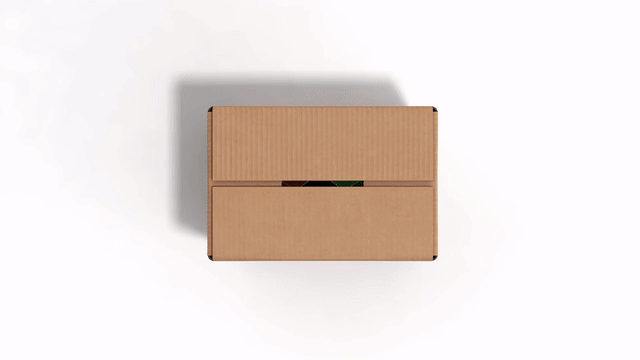
Every Transaction is Different
Many lenders take a cookie cutter approach to financing. They have a set credit box with specific requirements and parameters and if your transaction doesn’t fit in that box, they won’t consider the loan. But each business is different and has different needs, requirements, customers, and capabilities, so a standard box only works for the lender, not the customer. That’s when working with a flexible lender really has its advantages.
tell your story
A truly flexible lender will listen to your story and ask probing questions to understand your needs to get to know your business. For CCG, this is what has helped our customers the most. We have the industry and equipment knowledge to ask the right questions and the flexibility to structure transactions to meet a variety of needs, including:
- Purchase new or used equipment
- Refinance to improve cash flow
- Consolidate loans to improve cash flow and streamline bookkeeping
- Obtain working capital to purchase assets, pay tax liabilities, fund business operations
Tell us your story and we’ll show you how we think differently. Then we’ll design an equipment loan to help you accomplish your business goals.
Subscribe to Our Blog
Want to know when our blog has been updated with new posts?
Complete our short form and we’ll make sure you are informed.

Fill out our short form to subscribe


